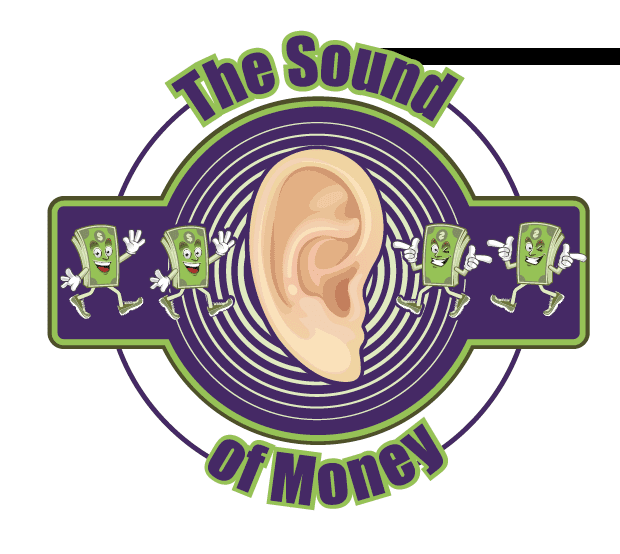 Brick and mortar MI retailers understand all too well the need to dig into their community relationships to fight off the impact of big-box stores who continue to invade their turf.
Brick and mortar MI retailers understand all too well the need to dig into their community relationships to fight off the impact of big-box stores who continue to invade their turf.
As a result, more and more music retailers and MI manufacturers are relying on partnerships with nonprofits, government, and educational organizations. This business model is called cross- sector partnerships.
For the partnerships to be successful, all entities need to understand how each organization ticks, and how collaborating with each other results in a better outcome than going it alone.
A common belief is that cross-sector partnerships are all about philanthropy through cash donations. This is a misunderstanding. A cross-sector partnership is about creating joint value and mutual benefits to each organization, through long-term relationships.
The MI community would do well by studying how different sectors from nonprofit and for-profit come together. One example of a high-profile cross-sector partnership is between ESPN Inc. and Make-A-Wish. ESPN is a U.S.-based global pay television sports channel, a joint venture owned by The Walt Disney Company and Hearst Communications. ESPN benefits from the partnership with Make-A-Wish by improved employee morale and loyalty, the broadcast of exclusive content through its “My Wish” Series and annual “Wish Night,” along with a warm connection to the tens of thousands of volunteers, donors, and supporters who help grant the wish of children diagnosed with a critical illness through the foundation.
Make-A-Wish foundation benefits from priceless media attention, additional sponsorship, and large donors to help fuel its $343 million annual revenue. Both partners are collaborating for the greater good.
Although cross- sector partnerships are not new, the trend from federal and local governments to promote partnerships as a means to achieve societal needs has been steadily increasing over the last decade. The more sectors involved in a partnership, the better, as each partner brings a unique perspective.
Here are three MI owners who have successfully used the cross-sector partnership for the greater good:
Sweetwater
Take a look at the way Chuck and Lisa Surack, owners of Sweetwater Sound, partnered with community agencies to help fund their $9 million renovation of the Clyde Theater, which includes a 21,000 square-foot main performance hall plus and event center.
1) Funding included a $1 million loan from the Fort Wayne Legacy Fund through the Community Development Corporation for the City of Fort Wayne, Indiana. 2) Another $1 million came from the state’s Regional Cities Initiative, Northeast Indiana Regional Development Authority. 3) The City of Fort Wayne also gave a $40,000 facade grant. 4) The balance was funded by Sweetwater founder Chuck Surack and his wife, Lisa.
The Candyman Strings and Things
Owners Rand & Cindy Cook partnered with Soldier Songs and Voices, a nationwide 501(c)3 nonprofit program. The Cooks work with the non-profit as part of their community-based outreach program.
The program provides veterans and their families with free instruments and songwriting workshops as a form of post-conflict care. Their goal is to improve the quality of life for veterans and their families through songwriting and music. Rand tells me, “We can do well by doing good. The more veterans we host, the more retail we sell.”
Wentworth Music
Noel Wentworth, co-owner of Wentworth Music with three locations in Canada, routinely collaborates with local governments and other corporate sponsors.
Wentworth uses a four-part sector model which includes the following partners:
1) Interior Savings; 2) Wentworth Music; 3) Kelowna’s Classic Rock K96.3; 4) Kelowna General Hospital.
For Wentworth Music, the media attention promotes student enrollment, and fills seats for his concerts. Wentworth puts on the largest student rock productions in Canada. Through these shows Wentworth has helped raised over $212,000 to benefit the sick children at Kelowna General Hospital.
Noel Wentworth closed our conversation saying, “Students win by providing a great venue to perform. Wentworth wins through strong student retention. The bank wins by deepening community relationships. The radio station wins by developing a more loyal listening audience. The Hospital wins by receiving on average $20,000 a year during the last decade. This is a win-win for all.”
I actually can offer a first-hand example on how these partnerships create value across different sectors for-profits and nonprofits.
As board president of a nonprofit my grandparents helped to establish (ARCNY.org), I’m currently exploring cross-sector partnerships to create a Creative Arts Center for our special needs clients.
Here’s who we (Jaimie Blackman & Company) hope to be partnering with: 1) MI retailers; 2) Foundations who to support performing arts for the special needs community; 3) NYC and Brooklyn Community Development Corporation; 4) National Endowment for the Arts; 5) Financial institutions; 6)Music Therapy Groups; 7) The NAMM Foundation; 8)Individual donors; 9)Local Universities; 10) Health & Wellness organizations.
If an MI owner is looking for economic benefit as well as social benefit, there is nothing in business today which provides as much value creation opportunities than a strategic partnership between nonprofit and for- profit organizations. Remember, when entering into a partnership, it’s best to under-promise and over-deliver.
Jaimie Blackman, a former music educator and retailer, is a licensed financial advisor and succession planner. Blackman helps music retailers accelerate business value now and maximize value when it’s time to exit. Blackman is a frequent speaker at NAMM’s Idea Center and writes The Sound of Money, a monthly column for MMR. Visit jaimieblackman.com to preview his value-creation tools and to subscribe to the Unlocking the Wealth newsletter and webinars.



























Looking Back on 2025: A Year of Controlled Chaos (Emphasis on “Controlled”)